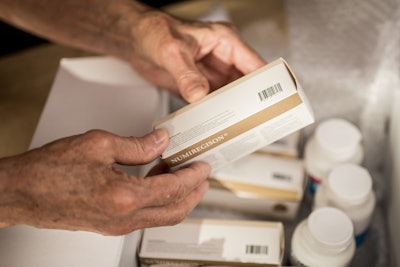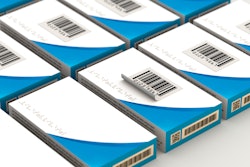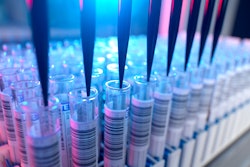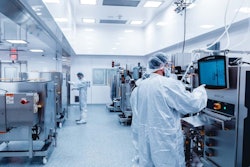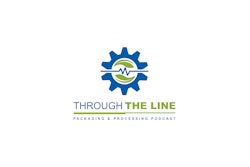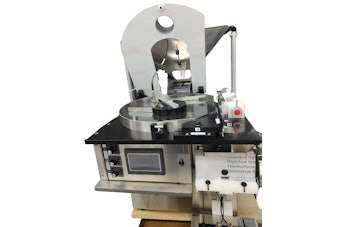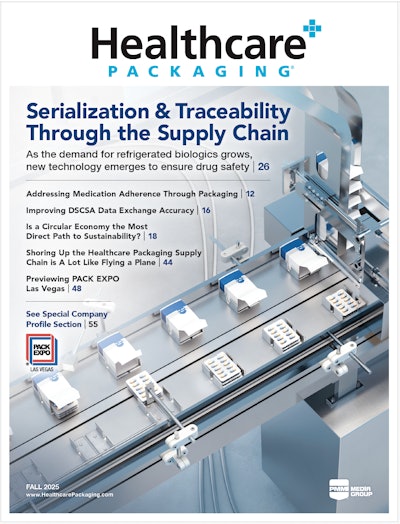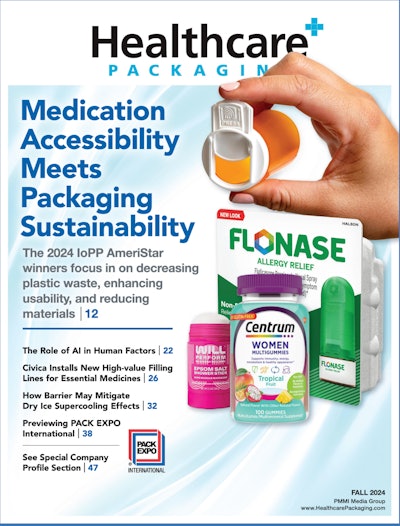The Internet of Things (IoT) healthcare market reached $128 billion in 2023 and is on track to surpass $550 billion in the next eight years according to industry research.
Popular areas of investment include connected wearable devices and implanted medical technologies, but these aren’t the only applications of IoT for healthcare. One trend on the horizon is the rise of artificial intelligence (AI) and IoT in healthcare packaging.
Here’s what this looks like in practice, where it can benefit healthcare organizations, and how IoT-enabled packaging can help expand the healthcare technology ecosystem.
AI and IoT: The Basics
Artificial intelligence tools are capable of evolving through the use of machine learning (ML) algorithms. From a healthcare perspective, AI might be used for basic symptom analysis and diagnosis. The more data provided to the application, the more accurate its results.
The Internet of Things, meanwhile, refers to a network of connected devices that collect and exchange information. This information may be directed to a local data center, sent to the cloud or processed directly on the device.
One example of IoT in healthcare is an Internet-connected heart monitor. This device collects heartbeat data — such as strength, rhythm and any irregularities — and sends this information to the patient’s doctor of analysis. If atypical patterns are detected, the device can alert the patient and the doctor to ensure proper care is provided.
Use Cases for IoT and AI in Healthcare Packaging
As device form factors shrink and AI becomes more intelligent, there are evolving use cases for these technologies in healthcare packaging.
Examples include:
- Real-time shipment monitoring
Using IoT-enabled sensors, companies can monitor shipments of medicine from origin to delivery, all in real time.
Consider a prescription medication made by a company in New York and headed to a hospital in California. Traditionally, the tracking label on the medication package would be scanned when it left the company warehouse, again when it was en route via a logistics carrier and finally upon delivery.
But what happens if there’s a disconnect between the manufacturer and the shipper? What if shipments don’t arrive and there’s no evidence of where they’ve gone? IoT solutions such as RFID tags can track packages in real-time no matter their location.
- Detecting damage or tampering
Another use case is leveraging AI-enabled IoT devices to detect damage or tampering.
For example, embedded sensors in a transport vehicle could monitor temperature, humidity and light levels. If any of these levels exceed safety limits, the device can notify drivers to act.
Intelligent sensors can also learn to detect indicators of tampering, such as packages being opened or pill bottles emptied. If tampering is detected, companies can refuse to take delivery until products are replaced.
- Connecting products and people
There’s also an opportunity to improve the patient experience with IoT. One option is using QR codes on packaging which provide up-to-date information about product dosages, side effects and possible cross-drug interactions.
Another is using blockchain technology to manage traceability. The nature of blockchain transactions makes them both transparent and irreversible, which can help ensure that the right products are used by the right people at the right time.
Benefits of IoT-Enabled Packages
Using IoT and AI in healthcare packages offers benefits for both professionals and patients, such as:
- Improved supply chain visibility
Tracking products from initial production to end destination helps improve supply chain visibility. For healthcare companies, this provides both an auditable trail in the event of a HIPAA or similar compliance challenge and also helps them identify suppliers that aren’t meeting expected performance goals.
In addition, IoT-enabled packages can help companies better manage large-volume shipments from multiple providers. As businesses look to find the best balance between quality and price, they often end up using a plethora of providers to meet specific product or component needs. Equipped with IoT connections, companies can reduce supply chain complexity without sacrificing visibility.
Using IoT and AI devices in healthcare also provides an opportunity to reduce costs. For example, if healthcare companies take delivery of a large amount of prescription medication only to discover that it has been tampered with, they may have to absorb this cost.
If they can monitor the condition of packages in real-time, however, they can detect tampering as it happens and hold payment until the medication is replaced.
Perhaps the biggest benefit of AI and IoT devices in healthcare is patient safety. Why? Because even small changes can have big impacts on patient treatment plans. Slightly higher or lower doses may put patients at risk of complications, while medication that has been tampered with may contain additional, unknown substances. Detecting issues with products before they are used by patients can help save lives.
IoT-enabled devices can also help healthcare teams respond more quickly when emergencies arise. Given that seconds can make the difference between life and death if patients are experiencing heart attacks, strokes or other concerns, the real-time data offered by connected devices gives medical professionals an edge in keeping patients alive and healthy.
Expanding the Healthcare Technology Ecosystem With IoT
IoT-enabled packaging also sets the stage for expanded healthcare IT ecosystems.
Consider a patient treated in a hospital for complex medical needs that requires multiple treatment types including prescription drugs and routine in-office visits.
During their initial hospital stay, healthcare teams can add IoT-collected data to custom medical labels or wristbands that clearly identify what the patient is taking, how much they’re taking and when they received their last dose.
When the patient leaves the hospital, they can record prescription data such as dosage times and amounts, along with any side effects, using a wearable IoT device. This approach provides both primary care physicians (PCPs) and medical specialists the data they need to address patient concerns ASAP.
IoT and AI in Packaging: A Healthy Outlook
Intelligent, connected packaging has a healthy outlook in an expanding healthcare IoT market. With the potential to streamline product tracking, reduce the risk of damage or tampering and increase patient safety, packages aren’t just a way to get from point A to point B — they’re now an integral part of the healthcare environment.
SOURCES
https://www.globenewswire.com/news-release/2024/09/10/2943642/0/en/Internet-of-Things-IoT-in-Healthcare-Market-Size-is-Projected-to-be-US-556-71-Billion-by-2032-at-a-CAGR-of-17-9-from-2024-to-2032-Polaris-Market-Research.html
